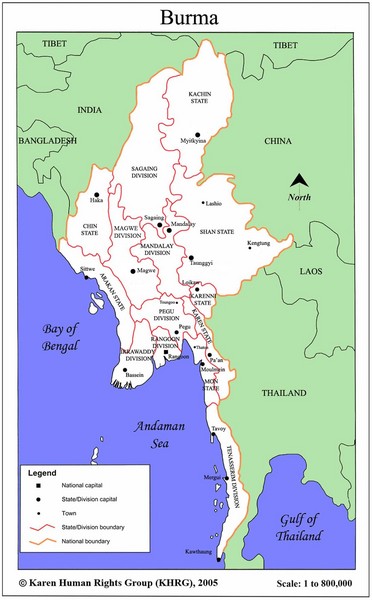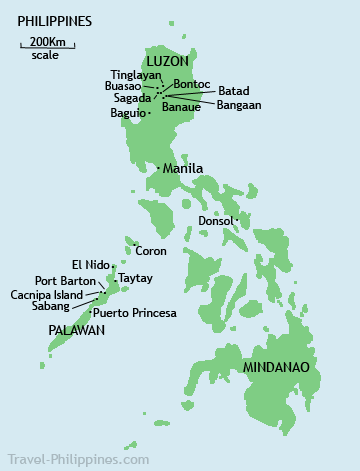Project: AK-47 is committed to reclaiming children from armed conflict, wherever they may be. In one sense, a child soldier is a child soldier, but we wanted to take the opportunity to highlight the differences between the countries we work in. It may seem obvious, but a child soldier in Burma does not have the same experience as a child in the Philippines. Like the rest of us, these children are in large part defined by their cultures. This child is an individual, a product of his context—for better or worse—and it is our goal to work within this culture to restore the child to a life free from violence.
Today we give you an intro to the Philippines, encyclopedia style.
– Official Languages: Filipino and English
-Religion: 80% Roman Catholic, 5% Muslim
-Capital: Manila
-Government structure: Republic
-President: Benigno Aquino
-Independence: June 12, 1898 from Spain; July 4, 1946 from U.S.
-Population: 101,833,938 (12th in the world)
-Literacy rate: 92%
-Urban population: 49%
-Population below poverty line: 32.9% (2007)
-Internally Displaced Persons (IDPs): 300,000 (2007)
I was most struck by the literacy rate and other indications that the country appears to have a lot of things together. Yet, there are more than 300,000 people internally displaced and there are child soldiers hidden in the fabric of this apparently peaceful country.
Learn more facts about the Philippines at CIA World Fact Book
Find out more about Project: AK-47’s work in the Philippines
Check out our friends, Human Wrongs, an online resource for Human Rights Defenders in the Philippines
In the coming weeks we’ll post more insights about life in the Philippines.



